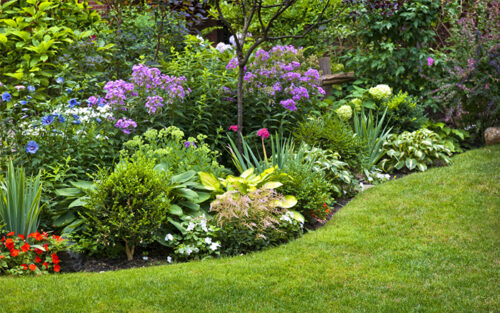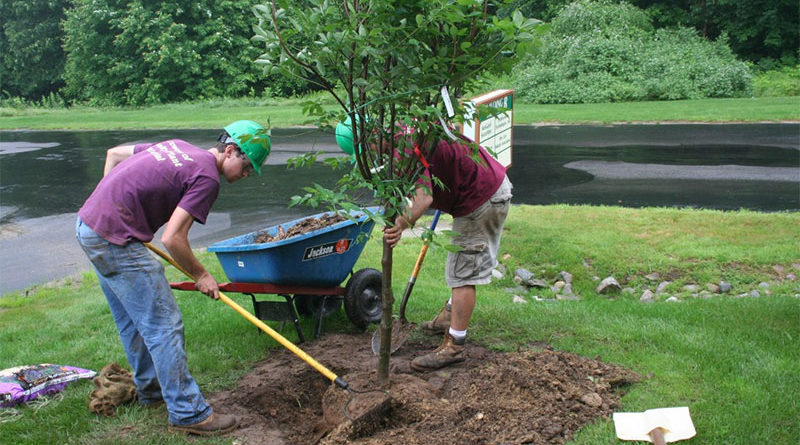How To Transplant Shrubs and Perennials
How To Transplant Shrubs and Perennials
How To Transplant Shrubs and Perennials? Transplanting shrubs and perennials is not as easy as it may sound. Truth be told. Read this article.
If it is not done properly, most of them will die.
What most people do not understand is how to transplant shrubs and perennials? when plant roots become exposed, it is traumatic to the plant and a lot of them will just not survive.
If, for whatever reason, you need to move a shrub or a tree then if you abide by the following steps, your plants will have a better chance of living, but you must learn the correct steps to take.
Remember to always call before you dig anywhere, better to be safe than sorry. The phone number to call is 811.
How To Transplant Shrubs and Perennials
Just a little advice, as most shrubs and trees can be quite heavy, make sure to have someone close at hand to help you because you will probably need it.
If you end up having to call someone for help after you have already uprooted the plant then that is longer than the roots have to be exposed and less chance of survival that you will plant will have.
THINGS YOU WILL NEED AHEAD OF TIME
You will need a tarp, tape measure, garden hose, garden shovel, loppers, and mulch. This should be all of the materials/tools that you need.
INSTRUCTIONS TO FOLLOW
Decide where you want to transplant your tree or shrub too.
You will need to figure out a few things like how to transplant shrubs and perennials?
How much water will it need?
Does it need a lot of sunlight?
How much space is needed?
Does it thrive in the shade?
If you are replanting next to another plant you will need to make sure they have compatible needs.
They need to both be plants that need lots of water or both of them to need little water.
The same goes for the sunlight or the shade.
DIG YOUR HOLE
Remember to always dig the hole. Where you’ll be transplanting the plant before you actually dig the plant up.
If you wait until after you have already dug it up then the plant has to sit there with its roots exposed while you dig the new hole.
Do NOT break apart the soil that is at the bottom of the new hole.
This does not allow just the roots to sink deeper, your entire plant will sink causing it to possibly rot.
After digging your hole, spread your tarp out right by where you will be digging your plant up, keep it close because you will be transferring your plant to it once it’s been dug up.
DIG AROUND YOUR PLANT
You will need to move to about three feet out from your plant and dig around that diameter.
The reason you need to go this far out is so you can keep as many of the roots together as possible.
The more roots you break the less chance your plant has of surviving.
But if you have to cut through some of the roots, make sure to use a shovel that is sharp, so you make the cut clean, this helps to keep the disease from getting in.
TRANSFER YOUR SHRUB OR TREE TO THE TARP
If you have moved away enough of the soil from around your plant.
You should be able to just slide the shovel under the root ball.
Loosen the grip of the plant from the soil underneath it.
Once you have done that, transfer the plant over to the tarp very gently.
DRAG THE TARP TO THE NEW HOLE
Drag your plant carefully over to the new hole that you dug by pulling the edge of the tarp like a sled.
Once there you have to be very gentle when moving the plant into the hole.
It should be just a little bit higher than it was in its previous hole.
Add the soil that you dug out, back into the hole.
Pat it down firmly to get rid of any air pockets.
Air pockets will cause your plant to shift places.
Now move the soil into a ring all around the bottom of the plant.
The reason for this formation is so that it will catch water to give moisture to the roots until they are established.
Do not add compost to your soil.
This will make the roots stay caged up in a small place with soil that is too rich.
So, make sure you use the same soil that your dugout.
PLANT CARE
You will need to spread out about a four-inch layer of mulch around the newly planted tree or shrub.
Make sure though that you keep the mulch at least four – inches away from the bottom of the plant.
This helps with circulating the air and discourages pests from wanting to bite on the plant.
Make sure to water the plant really well.
Watering often is needed after transplanting, especially if you are transplanting during the summer months.
BEST TIME TO TRANSPLANT
The best time to transplant would depend mainly on what you are transplanting.
But, usually, the best time for most plants would be either the late winter or exceedingly early in the spring.
If you missed either of those times then Autumn/Fall would be the next best time.
Only thing is that plants with thick roots don’t take well to being transplanted in Autumn.
That included plants like oak and birch, tulips, and beautiful magnolias.
If you live somewhere where the ground freezes in late winter.
It’s not really possible to transplant anything then.
Transplanting in the summer is not a good idea.
Because the heat will add additional stress to the plant and roots.
If you have to transplant during the summer.
Make sure to give shade to the plant for at least a week afterward to keep the sun from burning the leaves.
IMPORTANT TIP:
If you are transplanting a shrub or tree a long distance.
Then you need to make sure to wrap the roots up in burlap tightly.
Give it a lot of water until you can get it planted back in the ground.
Hopefully, this guide will be of some help if you have plants that you are needing to transplant.


